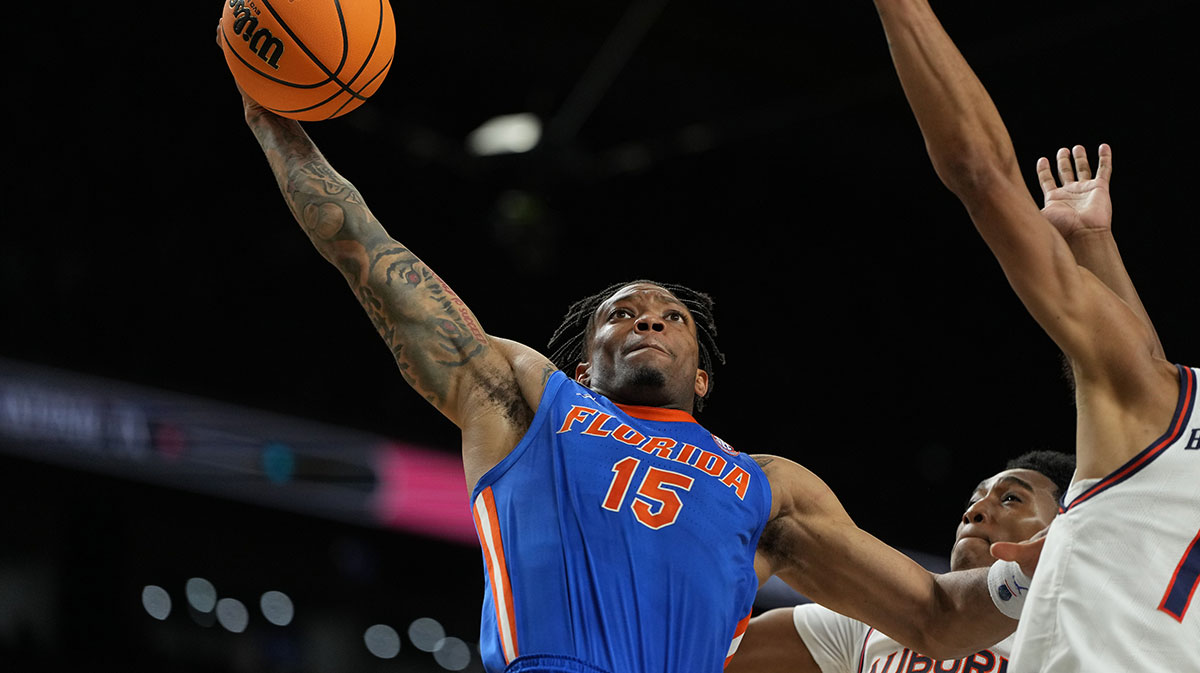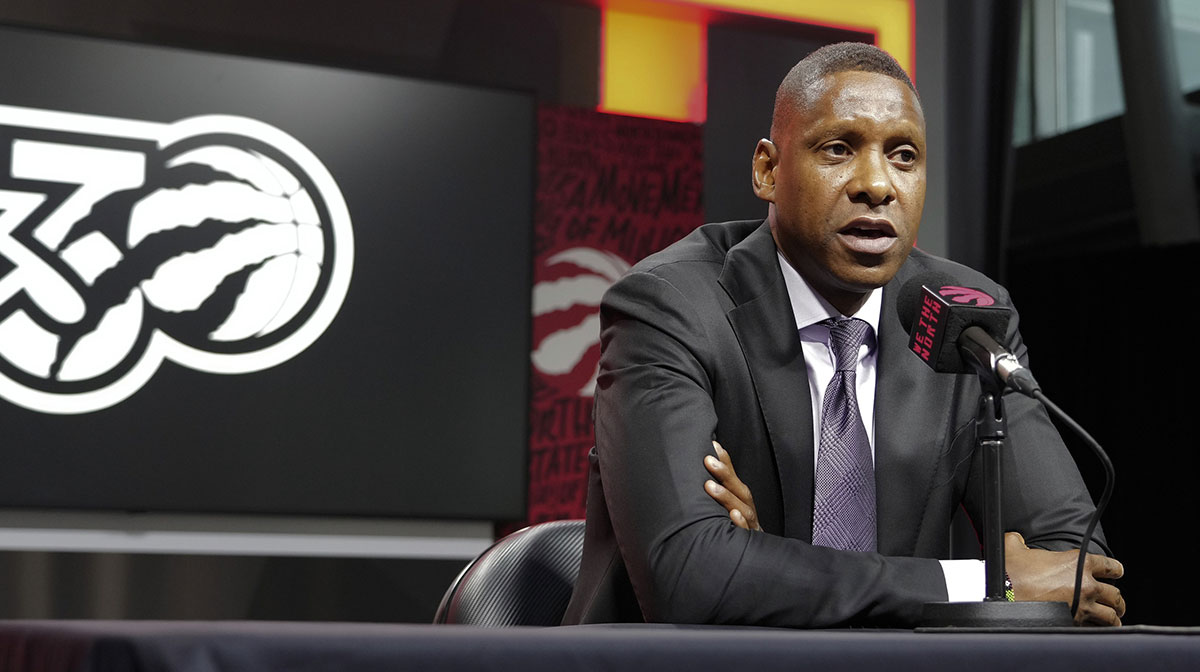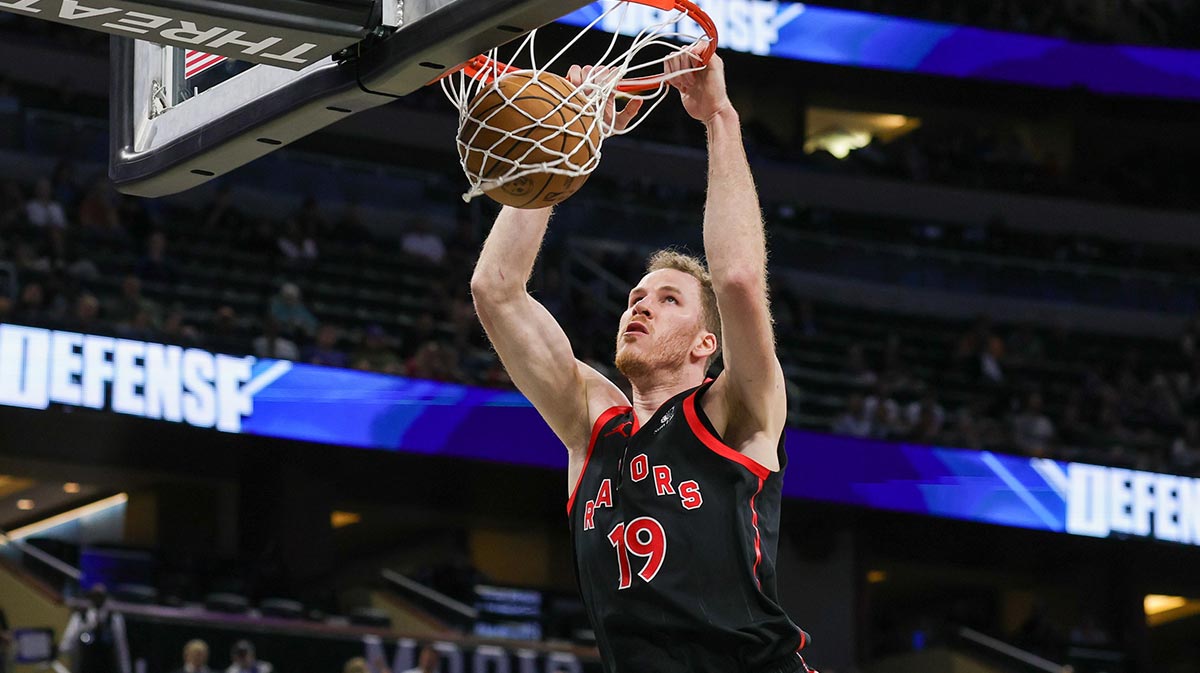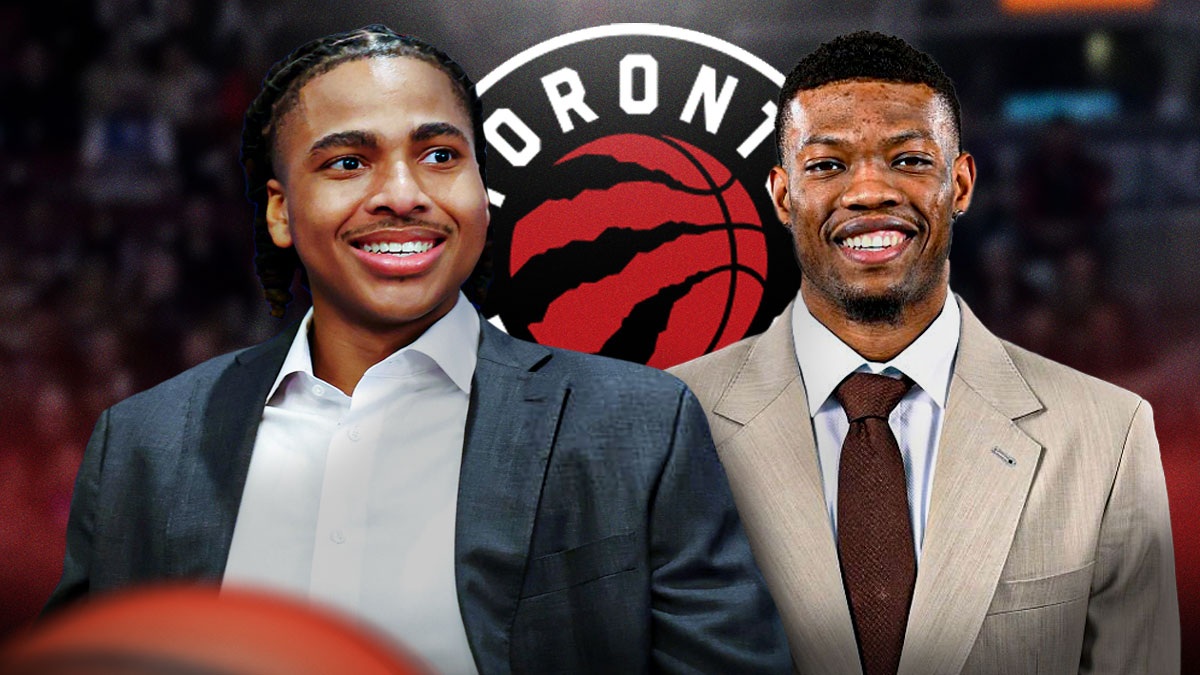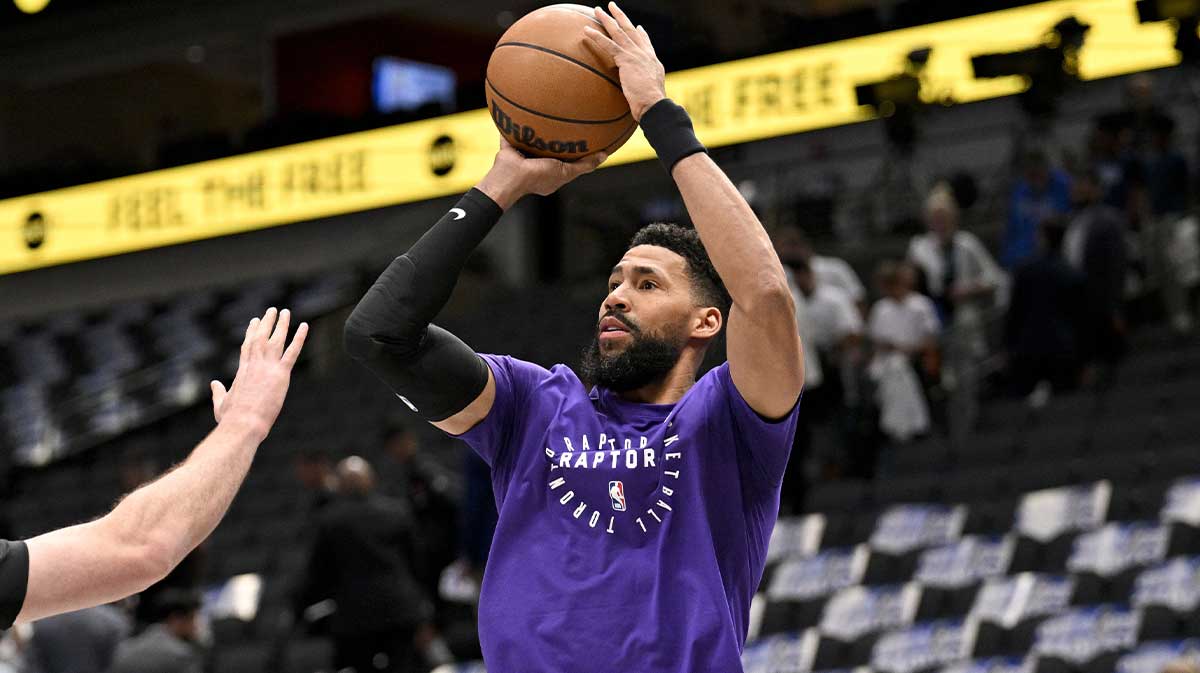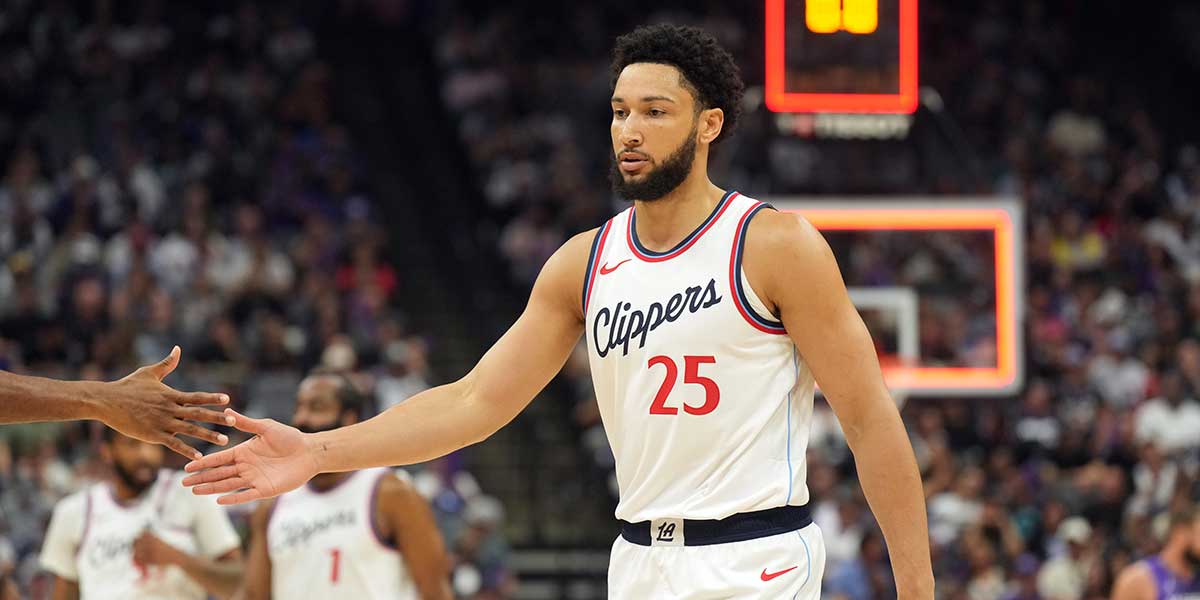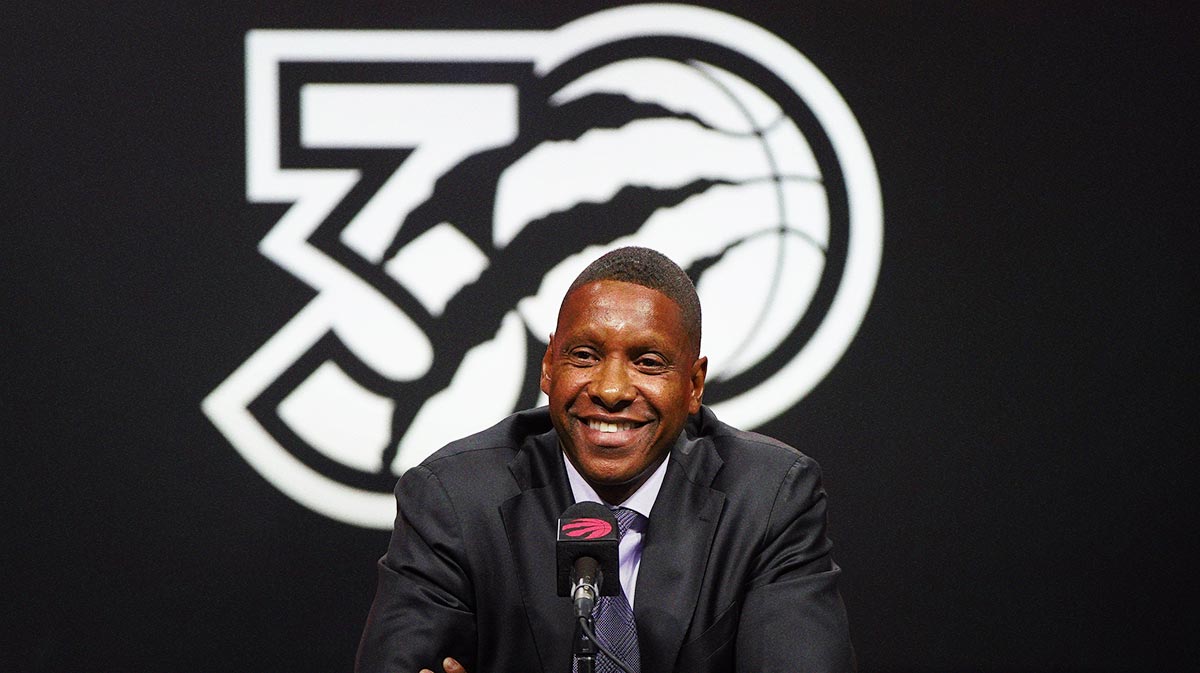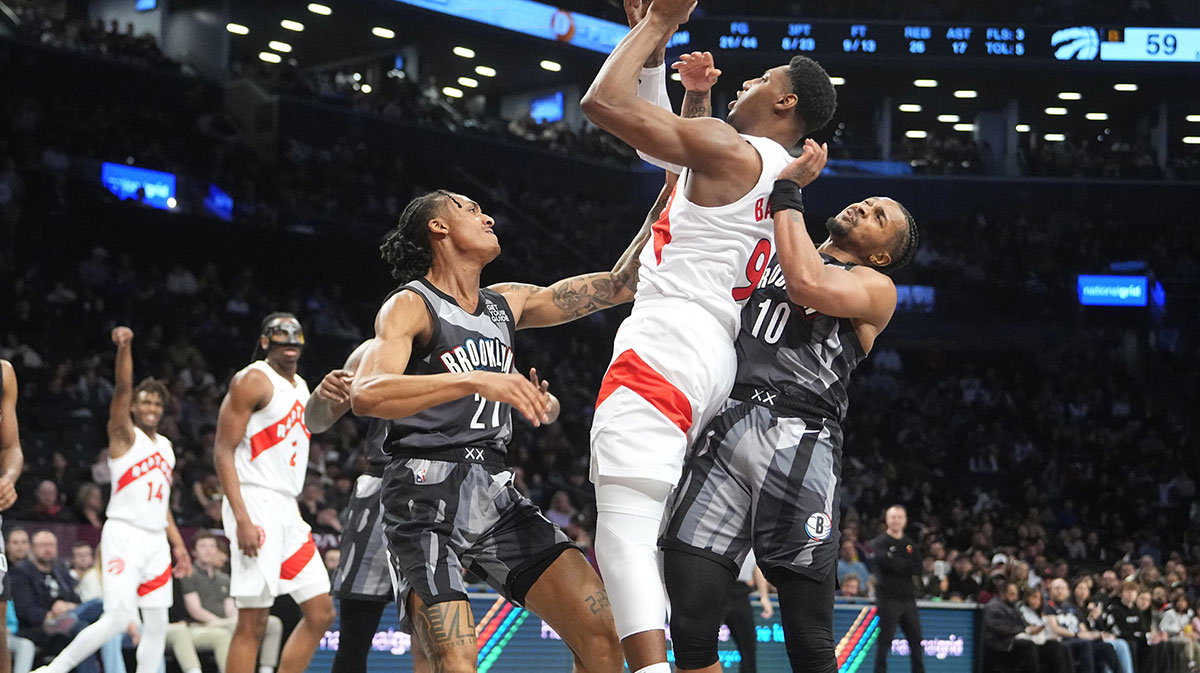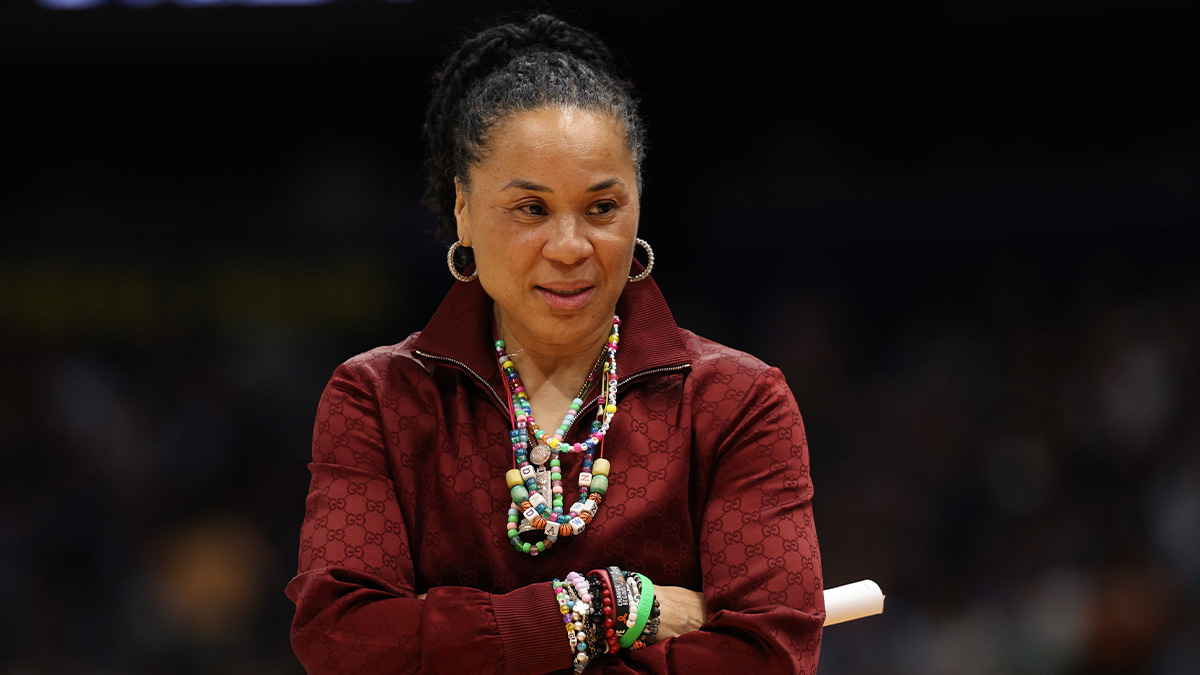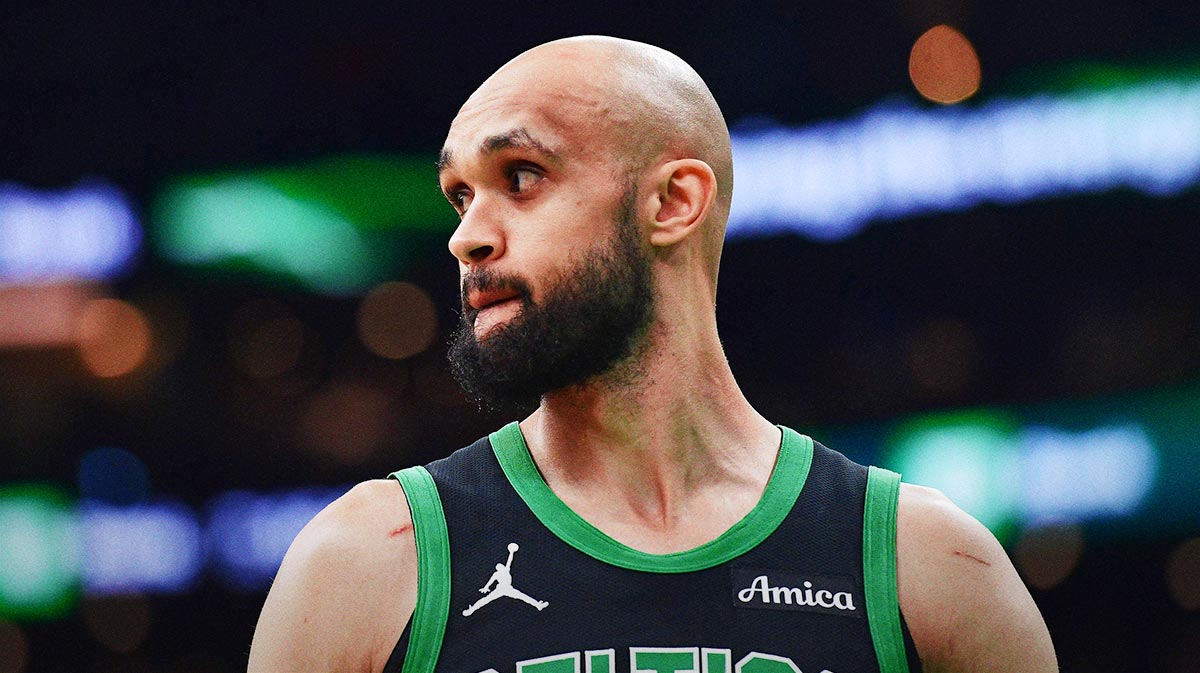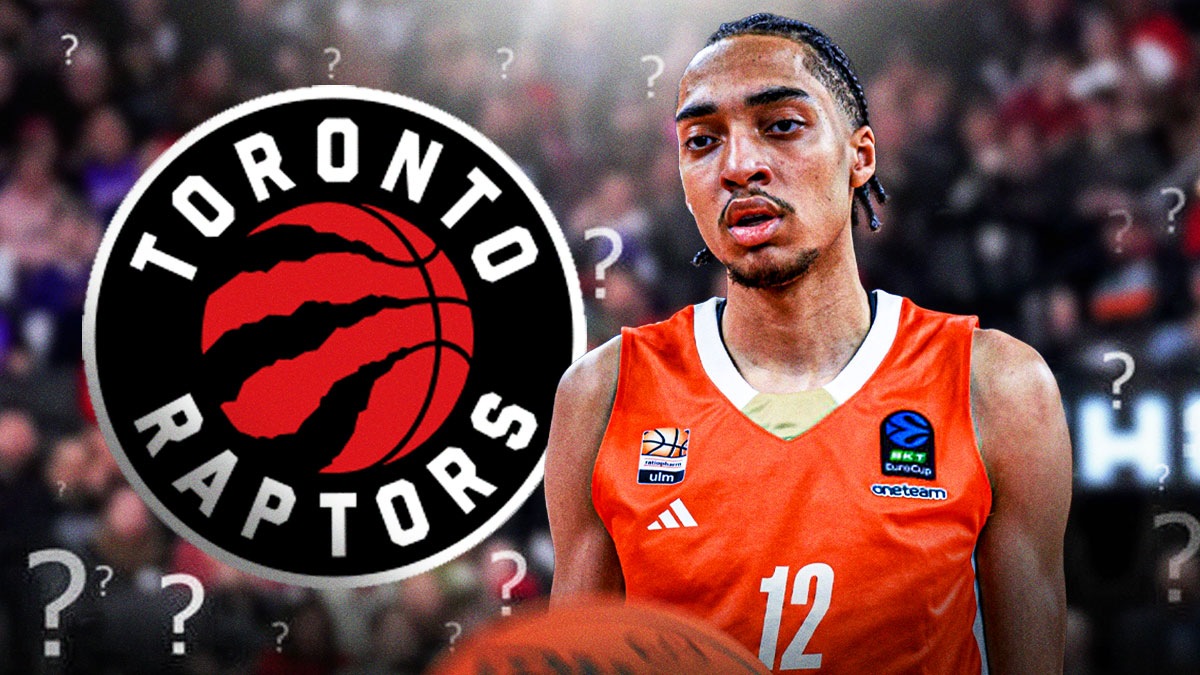While some pundits have already chalked the Golden State Warriors up to be champs once again this season, the Toronto Raptors’ blazing start has the Warriors, and the league, on notice. The Raptors, who currently boast an NBA-best 24-9 record, have defeated the Warriors twice already.
Their most recent Dec. 12 victory over the Warriors provides the main reason for why the Warriors should be worried about June. The Raptors were able to beat a mostly healthy Golden State team in Oracle without their own star in Kawhi Leonard. And it was elite execution on both offense and defense that drove them to victory.
Raptors' Defense
The Houston Rockets have adopted the belief that no one can stop Golden State on offense. A team must outscore them to win. The Raptors, however, did a successful job of containing the Warriors’ stars in their most recent win. While it’s merely a one-game sample size, and the Warriors may adjust when we get to June, the Raptors did enough to make the media, analysts, and fans at least question if a Warriors’ title is still a sure thing.
The Raptors followed the blueprint of letting anyone other than Stephen Curry, Klay Thompson, and Kevin Durant beat them. It’s by no means an original strategy, but it’s one the Raptors executed to perfection. Outside of those three shooters, Golden State lacks the offensive firepower down low and off the bench to make defenses worry.

In this game, Durant, Curry, and Thompson combined for 54 points. With the Warriors averaging 115.5 points per game, that puts enormous pressure on the rest of the team to put the ball in the basket.
The Warriors don't have any other reliable shooters, especially off the bench. And while they're known for their “Strength in Numbers” moniker, they don't seem to be sharing the wealth when it comes to their three's. The Warriors rank 27th in the league in three's made per game from bench players. So the Raptors adopted the philosophy that if they double-team and try to limit Steph, Klay, and KD, the Warriors will struggle to find their rhythm.
Another point of emphasis for Toronto was to target Steph Curry on defense. In last year's playoffs, the Rockets also targeted Curry on defense. James Harden would run around endless ball screens until Steph Curry, or a Golden State big, finally ended up guarding him. The Raptors showed a similar game plan, as they targeted Curry consistently in the post. Multiple times, Danny Green posted up Curry, over-powered him, and could just shoot over him, as shown here:
Realizing that Steph couldn't hold his own in the post, the Raptors went back to it repeatedly. This meant tiring Curry out on defense by constantly backing him down, as well as eventually forcing Golden State to help and scramble on defense.
On this play, Steph wasn't in position to guard Green on an early rim run. As a result, Danny Green was able to use his size and position to seal him off down low, getting an easy lay-in:
Attacking one of the most elite offensive players in the NBA on defense was clearly a part of the Raptors' game plan, and on this night, it worked perfectly. On offense, Curry only scored a meager 10 points on 25 percent shooting. Was his low scoring output a result of being bullied on defense? Perhaps.
Regardless of the reasons, the Warriors' offense was way out of sync in this game, and the Raptors' defensive strategy certainly deserves a huge chunk of the credit.
Raptors' Offense
On offense, the Raptors can flat-out score the basketball. They rank second in the league in field goal percentage, behind only Golden State. They are also one of only three teams to be in the top-10 in the NBA in both offensive and defensive rating.

What was impressive was that the Raptors are not known to be a fast-paced team, ranking 19th in the league in PACE, which measures possessions per game. But against the Warriors, the Raptors were able to adapt and catch Golden State out of position multiple times in transition.
While teams like the Memphis Grizzlies have had decent success against the Warriors using a slow, grind-it-out style of play, a team must be able to dictate the pace and even push it if necessary. Here, the Raptors push the ball off of a steal and get a Danny Green three-pointer in transition:
The Warriors' poor transition defense was on full display again in this play, where Serge Ibaka gets a good look inside because no one put a body on him off of a Warriors' miss:
These transition buckets take the life out of a defense, and it's what the Warriors themselves used to go on runs and deflate their opponents all the time. Here, however, it's the Warriors that were victim to their own game, as the Raptors outscored them 25-12 in fast break points. Toronto also dominated the paint, outscoring the Warriors 58-40.
Even in their first meeting together, the Raptors again outscored the Warriors in both fast break points and points in the paint. The Raptors are forcing the Warriors to adjust and play Toronto's style of play. They're dictating the pace, adjusting and adapting, and aren't letting the Warriors get out and run.
The Raptors can move the ball, they run in transition, they achieved the rare feat of making more three's than the Warriors in both games, and they can bully Golden State down low.

Even without Kawhi Leonard, Kyle Lowry and company have proven that they have the depth, the length, the athleticism, the size, and the talent to give Golden State fits.
If they were to meet in the Finals, Steve Kerr and the Golden State coaching staff would no doubt make adjustments. But with their two impressive victories over the Warriors this season, the Raptors have reinforced the idea that KD pointed out in his post-game interview: “They're not an up-and-coming team. They're here.”
Come June, Golden State and the rest of the NBA world, will discover just how much the Raptors have arrived.

